Similar presentations:
Classification of organisms (incl. plants)
1. Classification of organisms (incl. plants)
2. Two Types of organisms
Prokaryotes
No nucleus
No membranecovered organelles
Circular DNA
Bacteria
Eukaryotes
Nucleus
Membrane-covered
organelles (example:
nuclear membrane)
Linear DNA
All other organisms
How they are the same: cytoplasm, ribosomes, DNA
Despite their differences they perform most of the same kinds of
functions in the same way.
3.
4. Endosymbiotic Theory: Origin of Eukaryotes
Cyanophora paradoxa: modern example ofpossible evolutionary process
5.
Classification of Higher PlantsPlants
Non-flowering
Sporebearing
No
roots
Mosses
with
roots
Ferns
Naked
seeds
Gymnosperms
Flowering
1 seedleaf
Monocots
2 seedleaves
Dicots
6.
Kingdom Plantae (embryophytes)1. Non-vascular plants
Division Bryophyta (mosses)
Division Hepatophyta (liverworts)
Division Anthocerophyta (hornworts)
2. Vascular plants
A. No seeds :
Division Lycopodiophyta (club mosses)
Division Monilophyta (ferns, horsetails, whisk ferns)
• Class Psilotopsida- whisk ferns
Class Equisetopsida- horsetails
Class Polypodiopsida - ferns
B. Production of seeds :
1) No flowers : Gymnosperms
Division Pinophyta (Coniferophyta)- (conifers)
Division Cycadophyta (cycads)
Division Ginkgophyta (ginkgo)
Division Gnetophyta (gnetae)
2) Flowers : Angiosperms
Division Anthophyta (flowering plants)
7. Bryophytes
– phylum Hepatophyta - liverworts– phylum Anthocerophyta - hornworts
– phylum Bryophyta - mosses
liverwort
hornwort
mosses
8.
BryophytaThe bryophytes consist of about 20,000 plant species
Gametophyte dominant
Lack vascular tissues
Homosporous
Possess waterproof cuticle
Dispersal by windblown spores
Swimming sperm
9. Mosses and their relatives are seedless nonvascular plants
• Nonvascular plants grow closeto the ground to absorb water
and nutrients.
• Seedless plants rely on freestanding water for
reproduction.
• Liverworts belong to phylum
Hepatophyta.
– often grow on wet rocks or
in greenhouses
– can be thallose or leafy
10.
• Hornworts belong to phylum Anthocerophyta– found in tropical forests and along streams
– flat, lobed body with little green “horns”
11.
• Mosses belong to phylum Bryophyta.– most common seedless nonvascular plants
– sphagnum moss commonly used by humans as “peat”
12.
Life cycleof
Marchantia
13.
Moss Life cycle14.
Moss Protonema15.
Alternation of Generations: Mossesleafy, haploid
gametophyte
with emerging
diploid
sporophyte
16.
Division Lycopodiophyta (club mosses)• There are around 1,290 (Christenhusz & Byng 2016) living (extant)
species of Lycopodiophyta
• A vascular system allows club mosses to grow higher off the ground.
• They need free-standing water for reproduction.
• Club mosses belong to Lycopodiophyta.
not true mosses
oldest living group of vascular plants
17.
Life cycle ofLycopodium
18.
Homosporous vs.Heterosporous Plants
Homosporous
Sporophyte
Single type of
spore
eggs
Bisexual
gametophyte
sperm
Heterosporous
eggs
megaspore
Sporophyte
microspore
Female
gametophyte
Male gametophyte
sperm
19.
Life cycleof
Selaginella
20.
Division Equisetophyta (horsetails)• There are twelve living (extant) species of Equisetophyta.
• Hosetails typically grow in wet areas, with whorls of needle-like
branches radiating at regular intervals from a single vertical stem.
• They need water conditions for reproduction.
• Today horsetails are recognized as a group close relatives of the
typical ferns (Pteridopsida).
21.
Life cycleof
Equisetum
22.
Division Pterophyta: FernsSporophyte dominant
Possess vascular tissues and roots
Leaves are megaphylls
Homosporous
Possess waterproof cuticle
Dispersal by windblown spores
Swimming sperm
23.
Life cycle of Dryopteris24.
Life cycle of Marsilea25.
Alternation of Generations: FernsFerns
Sporophyte = dominant
(most conspicuous)
individual
Gametophyte = small,
fragile structure most
people (even botanists!)
never notice
26.
Alternation of Generations: FernsFrond = diploid
sporophyte
Sorus = collection of
sporangia where
meiosis occurs
27.
Sori on a Fern Sporophyll28.
Sorus Close Up29.
Fern Sporangium30.
Fern Gametophytes31.
Alternation of Generations: Fernsyoung diploid sporophyte
beginning to grow from the
haploid gametophyte
32.
Ferns and their relatives belong to phylumPteridophyta
frond
fiddlehead
– whisk ferns and horsetails are close relatives of ferns
– ferns have large leaves called fronds
33. Vascular Seed Plants
• Gymnosperms• Nonflowering
• Bear seeds on the
upper surface of scales
inside of cones
• Contain true roots,
stems, and leaves
• Examples Conifers,
Pines
Angiosperms
Flowering plants
Flower is a group of
modified leaves used for
sexual reproduction;
seeds found in fruit
Contains true roots,stems,
and leaves
Examples: rose, lily, oak,
maple, pea, and grass
34. Seed plants include cone-bearing plants and flowering plants
• Seed plants have several advantages over theirseedless ancestors.
– can reproduce without free-standing water, via pollination
– pollination
occurs when
pollen meets
female plant
parts
– seeds
nourish and
protect plant
embryo
– seeds allow plants to
disperse to new places
35. Gymnosperms
• Leaves are needle-like• Most are evergreen
• They are called soft
wood.
• Reproductive structure
is a cone or cone-like
structure.
36.
Gymnosperms do not have seeds enclosed in fruit– most gymnosperms are cone-bearing and evergreen.
– the cone is reproductive structure of most gymnosperms.
– pollen is produced
in male cones.
– eggs are produced in
female cones.
– seeds develop on scales
of female cones.
37.
Cycads are gymnosperms in phylum Cycadophyta– look like palm trees with large cones
– grow in tropical areas
It includes about 130
species of tropical and
subtropical evergreen
low trees.
38.
Ginkgos are gymnosperms inphylum Ginkgophyta
– only one species alive today,
Ginkgo biloba
– grown in gardens and used in
urban landscaping
39.
Gnetophyta includesthree relict genera:
Gnetum, Welwitschia, and
Ephedra
– The primary difference
between gnetophytes and
other gymnosperms is the
vessel elements similar to
those found in flowering
plants
Gnetophyta consists
of about 70 species.
40.
Conifers are gymnosperms in phylum Coniferophyta– All extant conifers are
perennial woody
plants.
– The great majority are
trees, though a few
are shrubs.
– They are the dominant
plants over large areas
of land, most notably
the taiga in Northern
Hemisphere.
It includes about 560 species
of tropical and subtropical
evergreen low trees.
41. Life Cycle of Gymnosperm
42. Diversity of Plants
Cone-bearingplants
760 species
Ferns and
their relatives
about 11,000
species
Flowering
plants
235,000 species
Mosses and
their relatives
20,000 species
Form 2 main groups nonvascular and vascular plants
43. Angiosperms
Broad leaf plants
Most are deciduous
Called hardwood
They are divided into
two groups based on
the number of seed
leaves (cotyledons)
they contain.
44.
Life Cycle of AngiospermsAnther (2N)
Pollen grains (N)
(male gametophyte)
Haploid (N)
Diploid (2N)
Stigma
Pollen
tubes
Style
Haploid cell
(N)
Ovary
Embryo sac (N)
(female gametophyte)
Egg cell
MEIOSIS
Ovule
Mature
sporophyte
Sperm
Pollen tube
Endosperm nuclei
Seedling (2N)
(new sporophyte)
Embryo
(2N)
Endosperm
(3N)
FERTILIZATION
Endosperm
Seed coat
Fruit
Zygote
(2N)
45. Monocotyledons
“Monocots”
1 cotyledon
Parallel veins on leaves
Fibrous roots
Flowers in multiples of
3
• Ex) grass, corn
46. Dicotyledons
“Dicots”
2 cotyledons
Netted veins
Tap root
Flowers, 4’s or 5’s
Ex) Peanuts, green beans
47.
48.
Taxonomic Hierarchy ChartKingdom
Plantae (plants)
Division (Phylum) Spermatophyta (seed bearing plants)
Subdivision
Angiospermae (flowering plants with covered seeds)
Class
Liliopsida (monocots)
Order
Zingiberales (ginger family)
Family
Musaceae (bananas)
Genus
Strelitzia
Species
reginae
Common name
Bird of Paradise
49. Linnaean System
50. Dichotomous Keys
• In the field, biologists use dichotomous keys toidentify organisms.
• Dichotomous key-A chart that identifies organisms
based on their characteristics. Its used by excluding
organisms based on their OBSERVABLE features.


















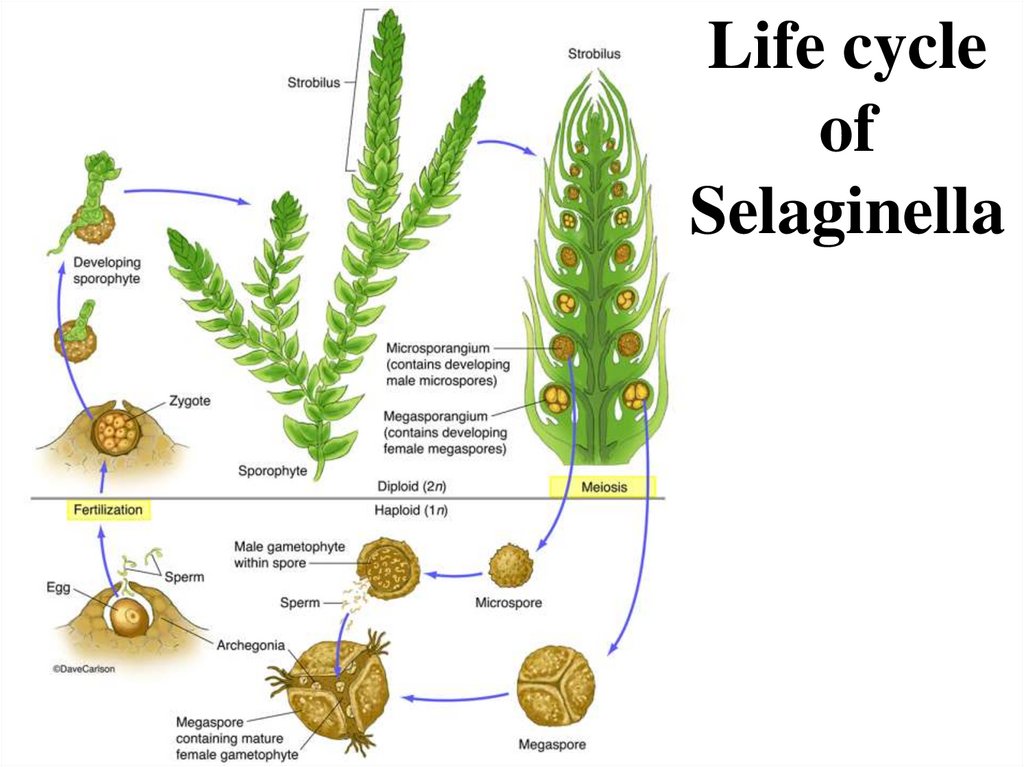

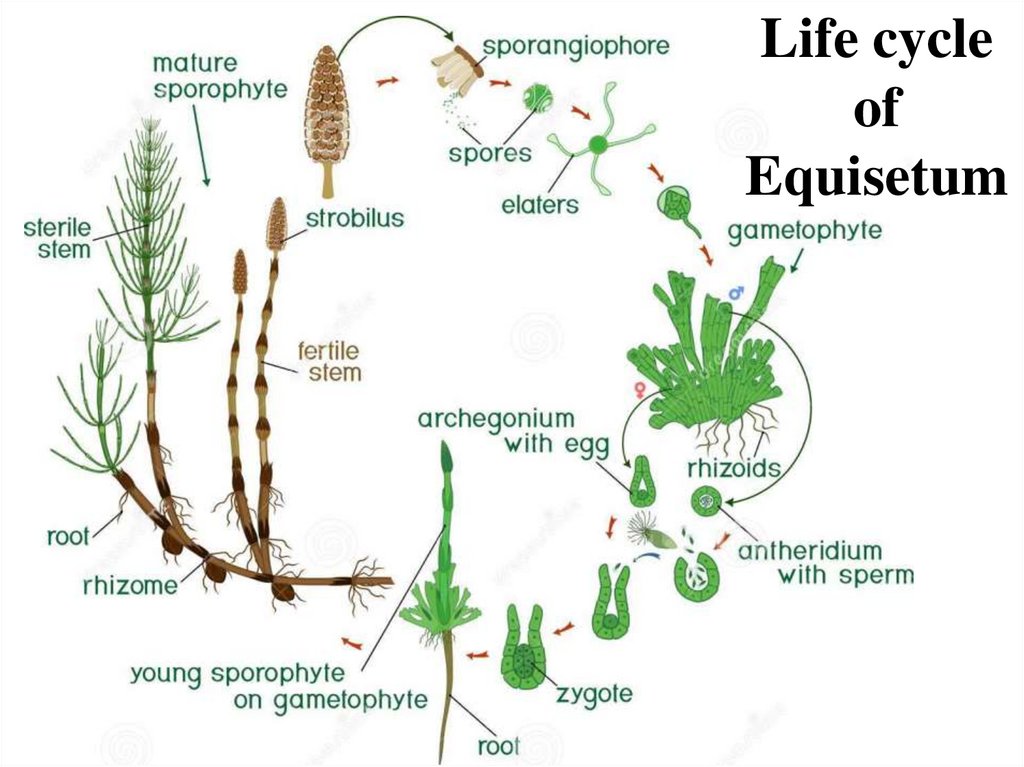
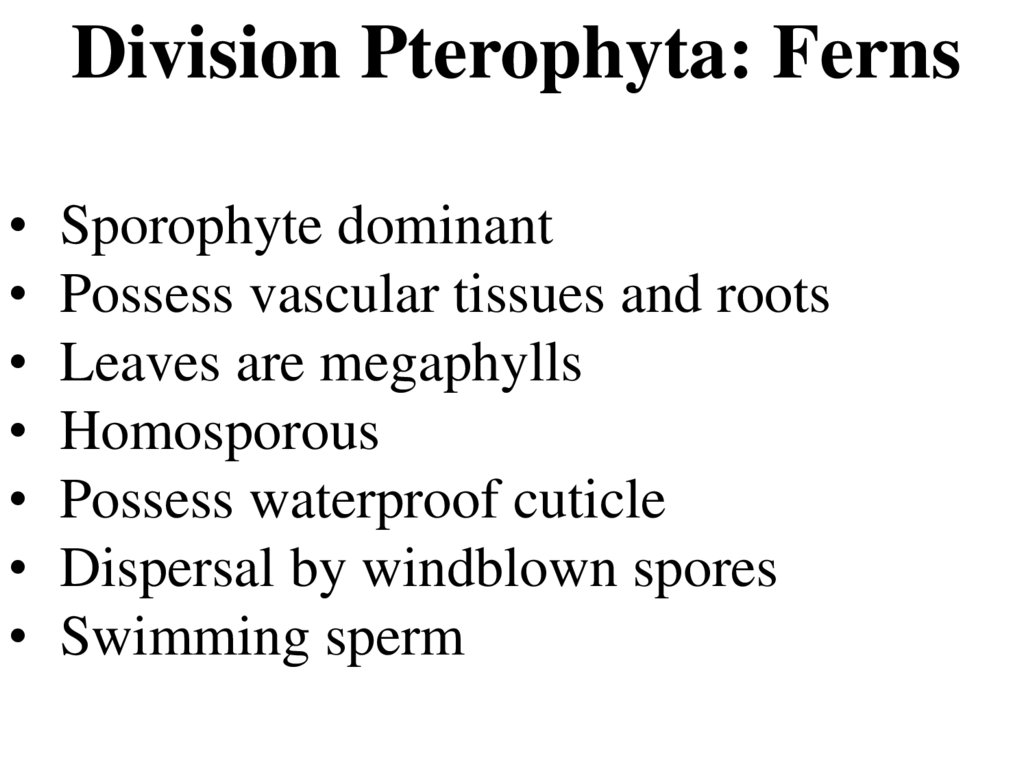

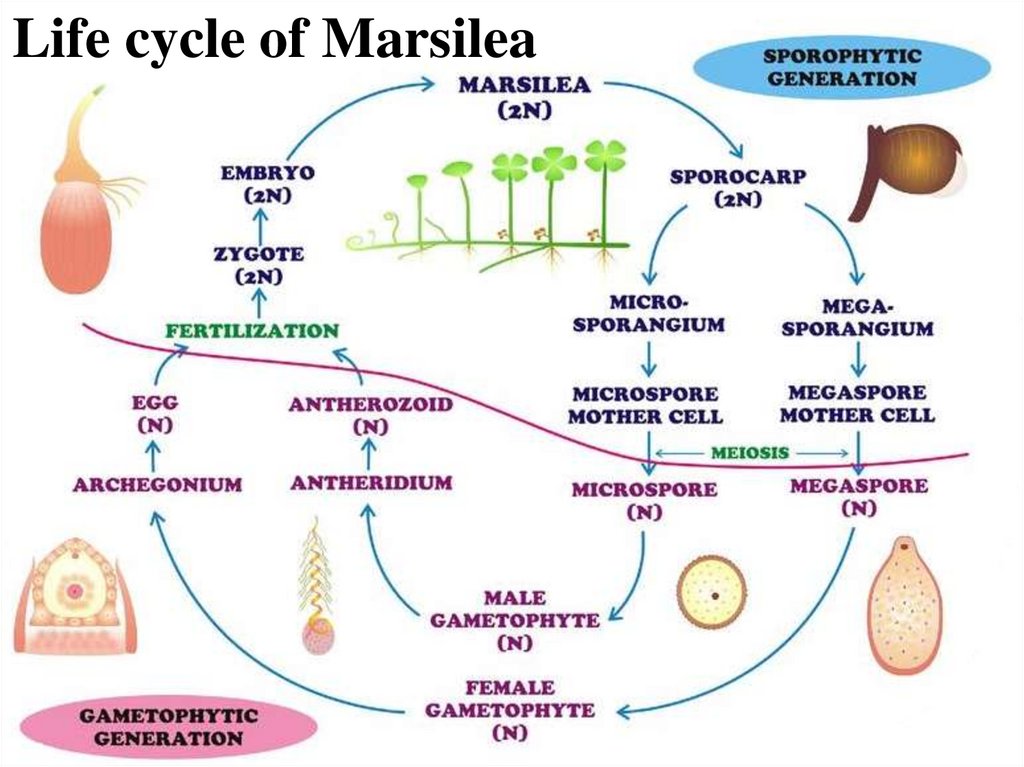
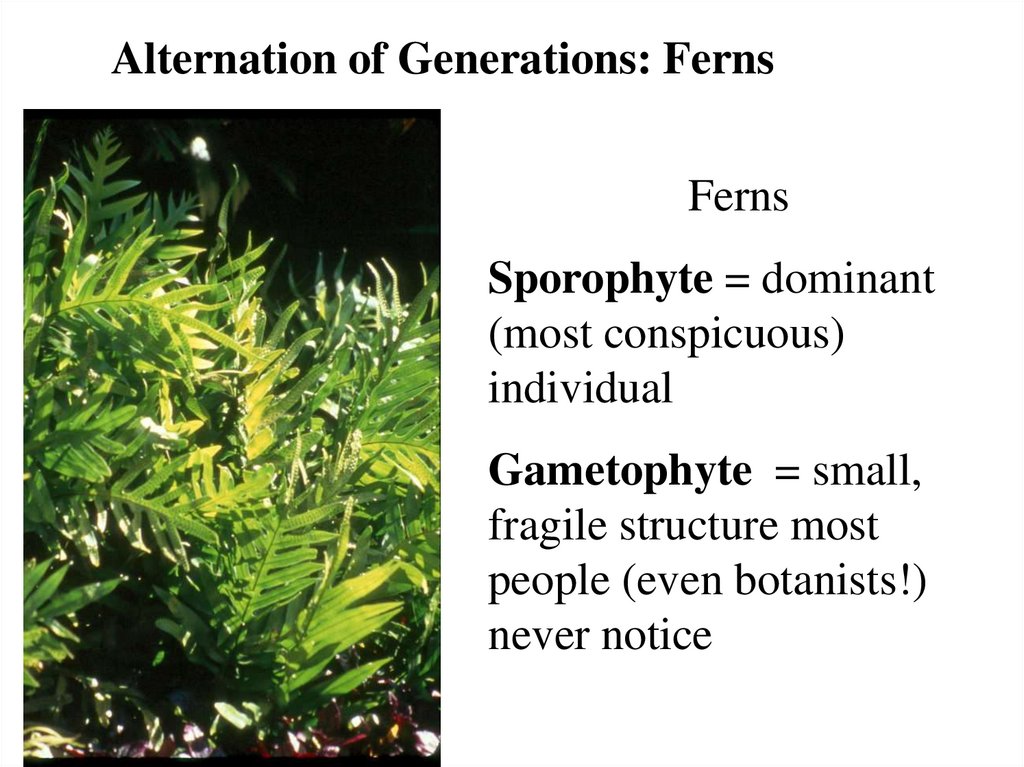
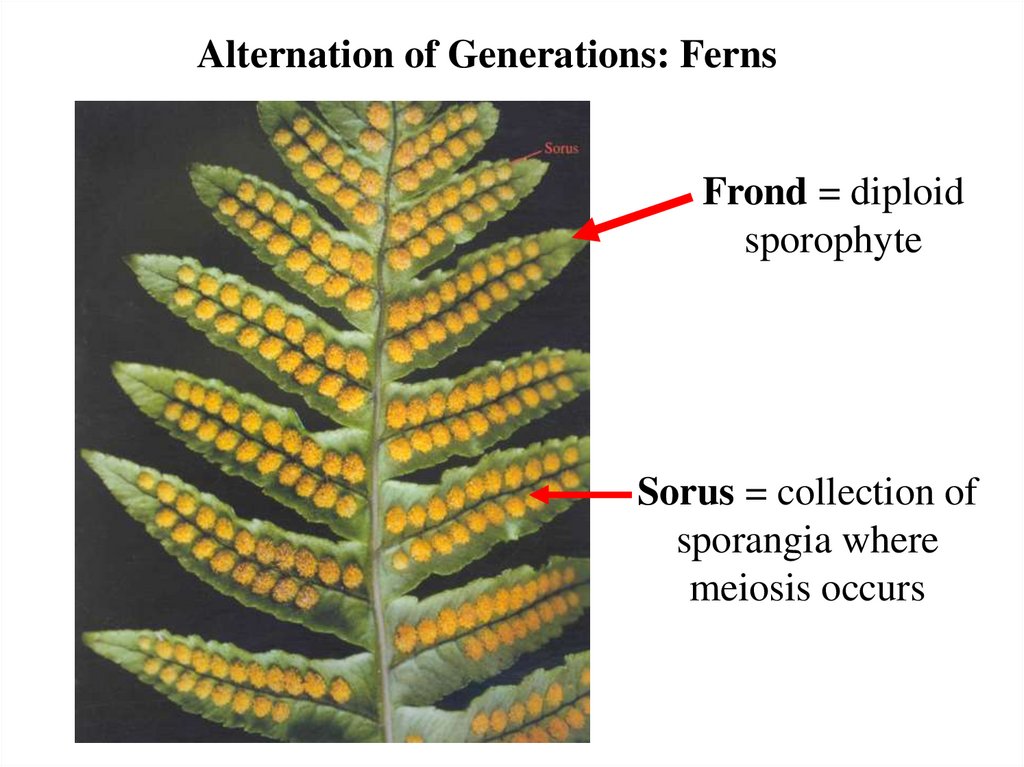
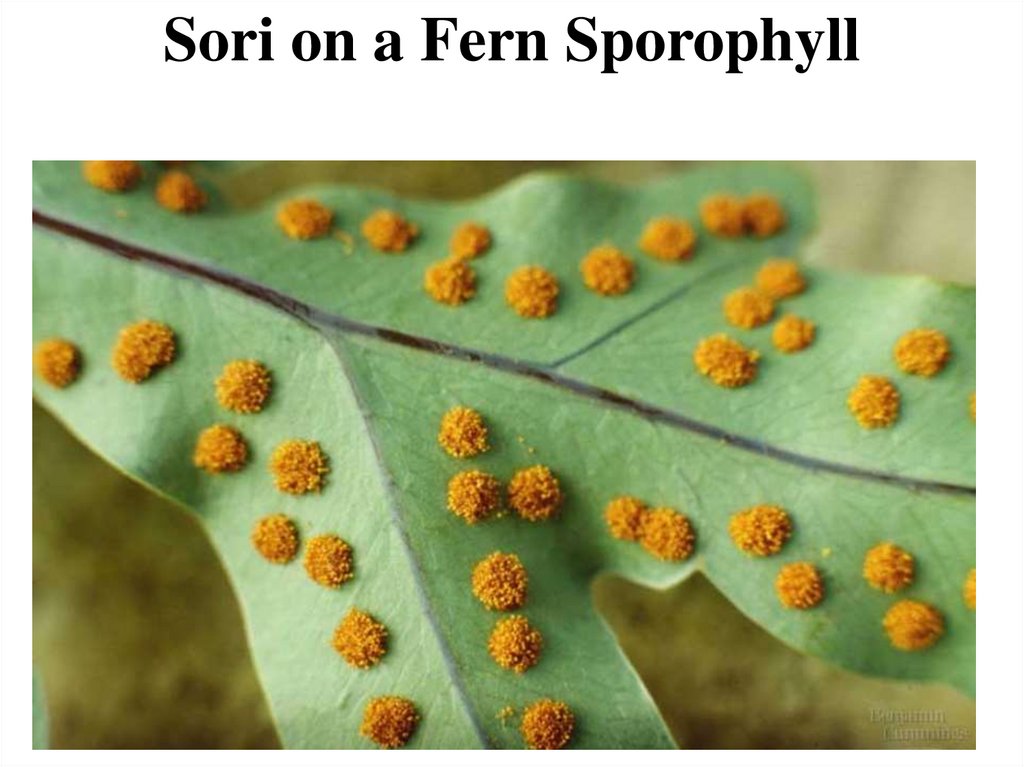
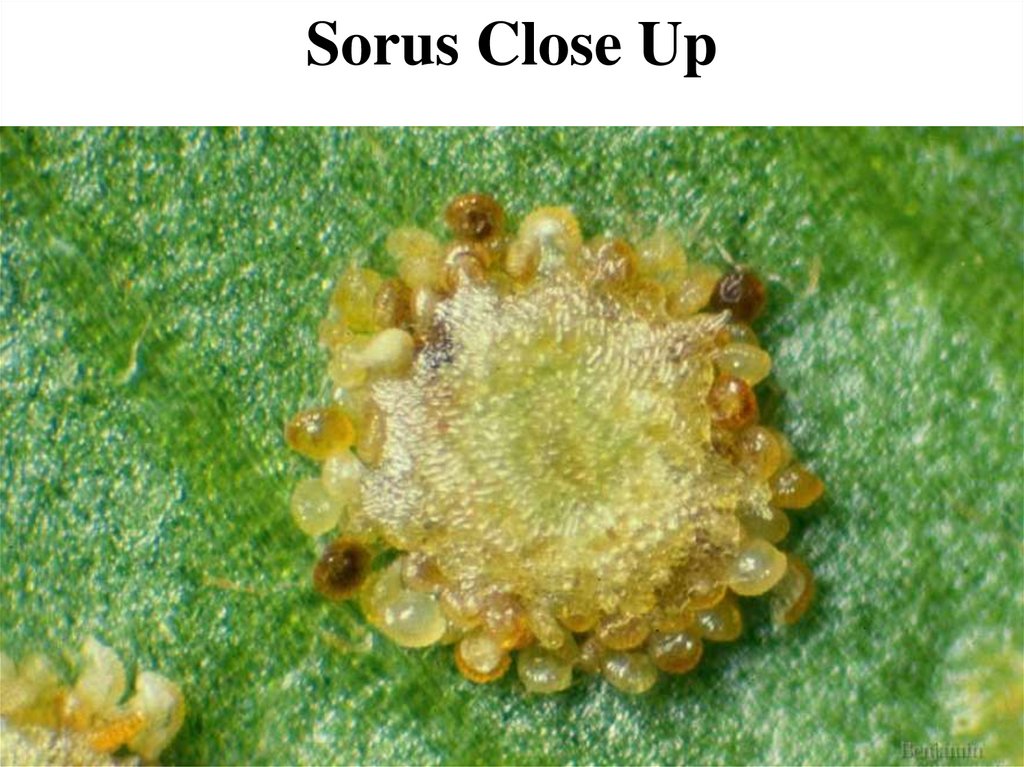
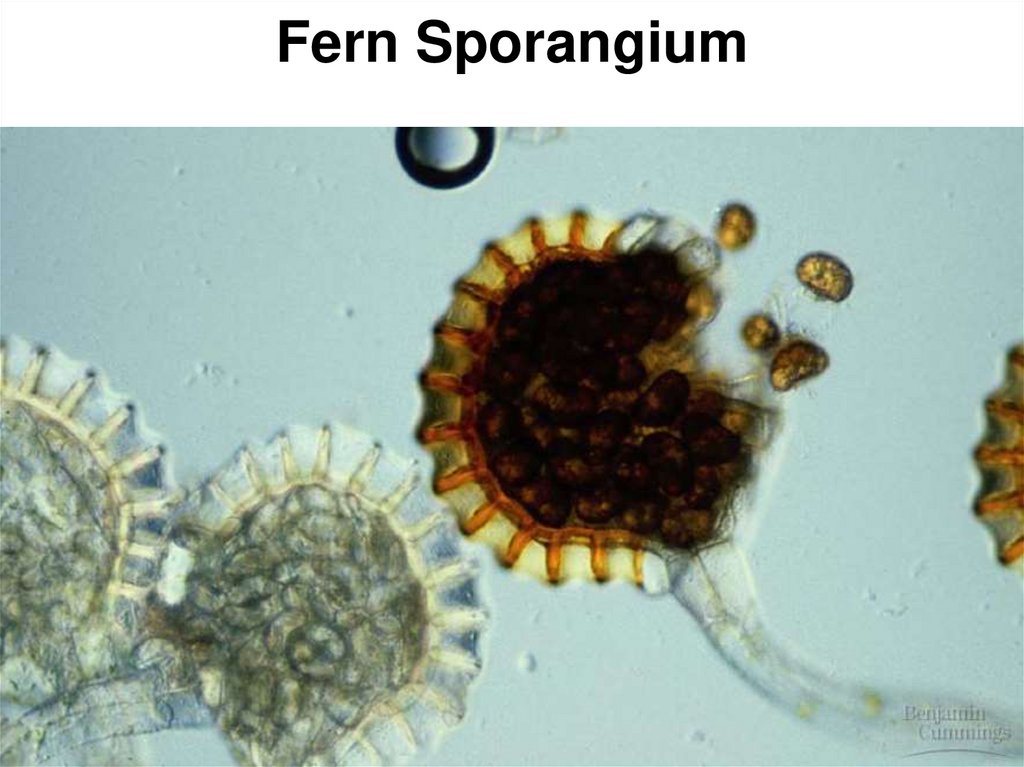
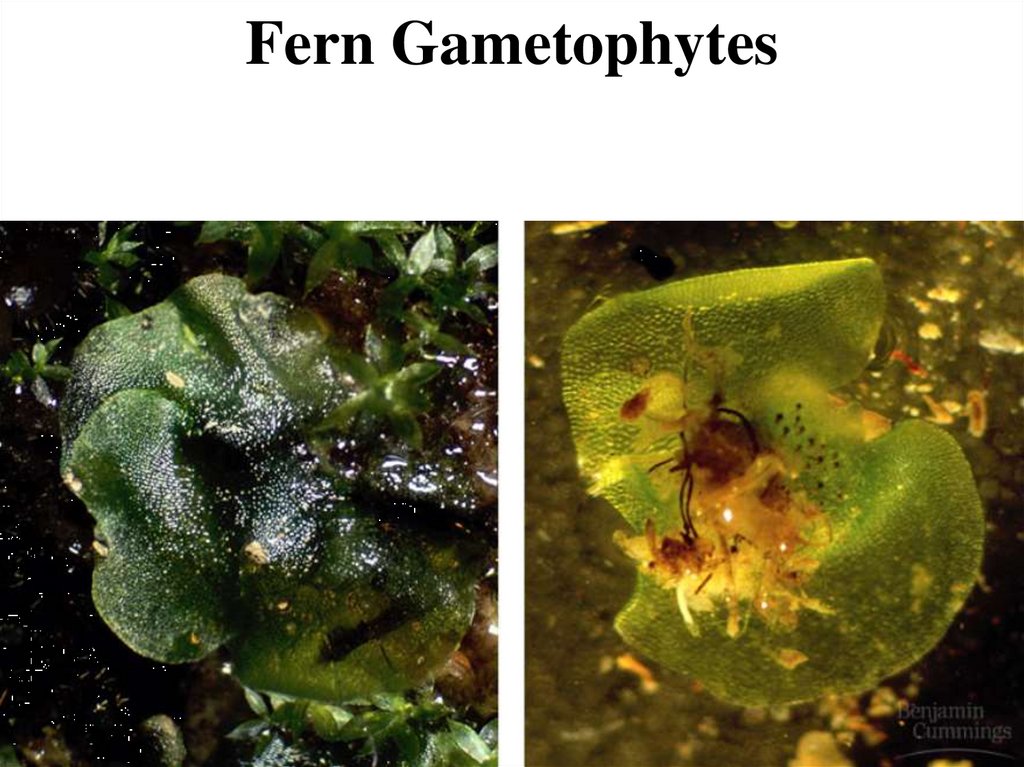
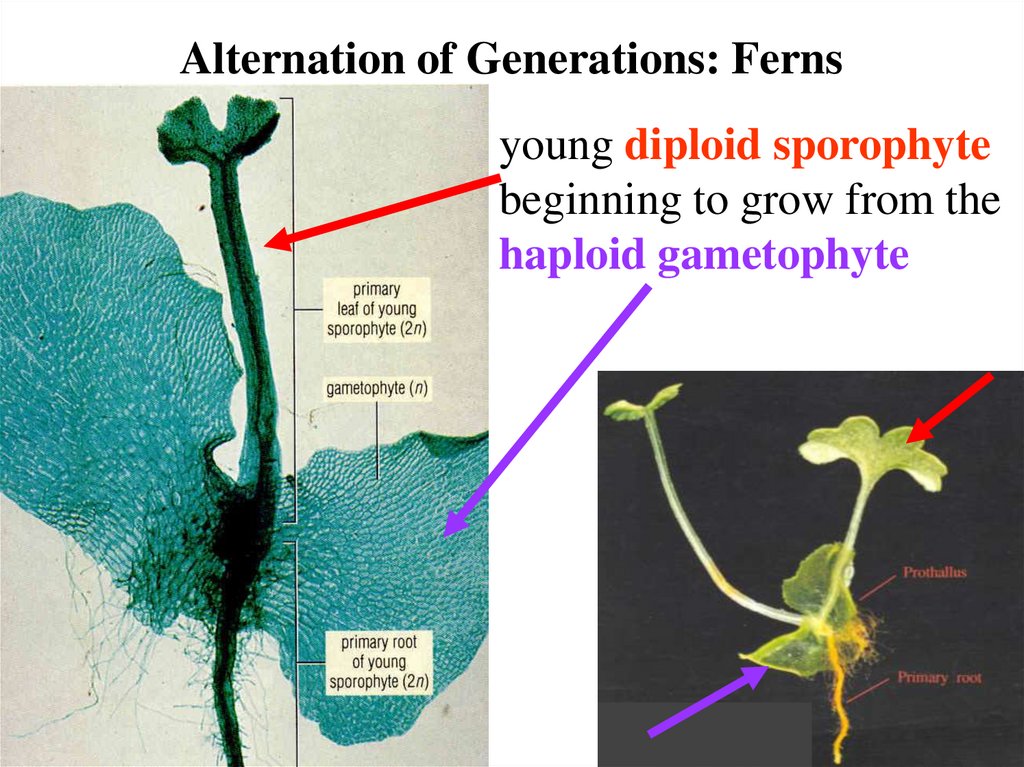
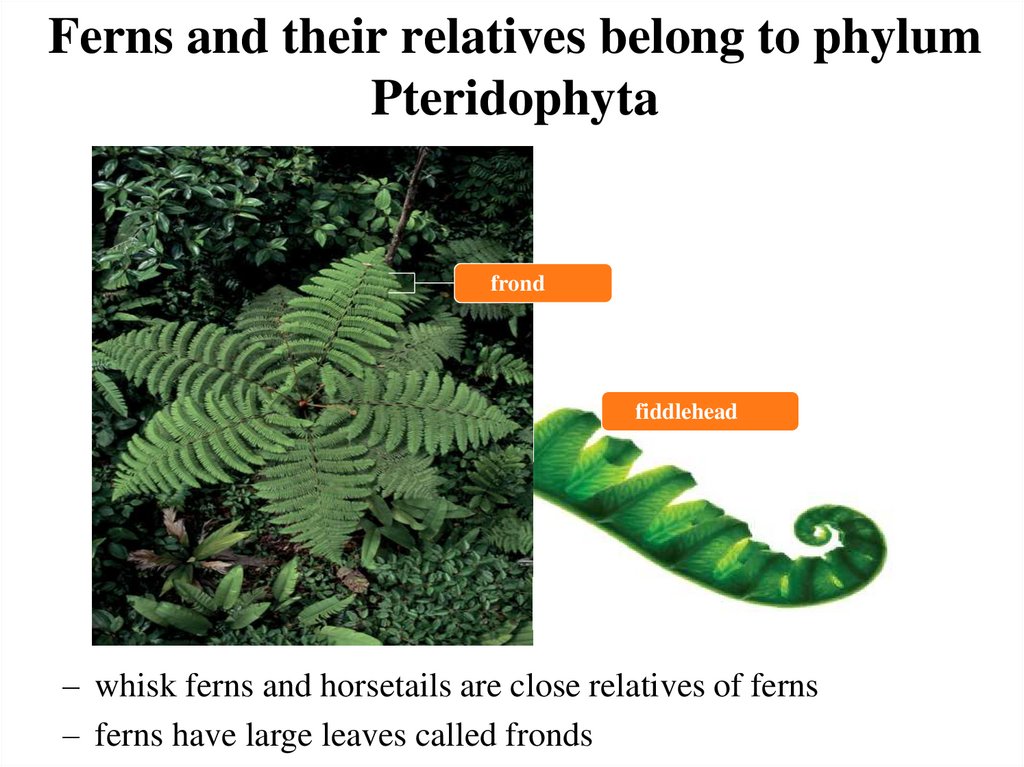
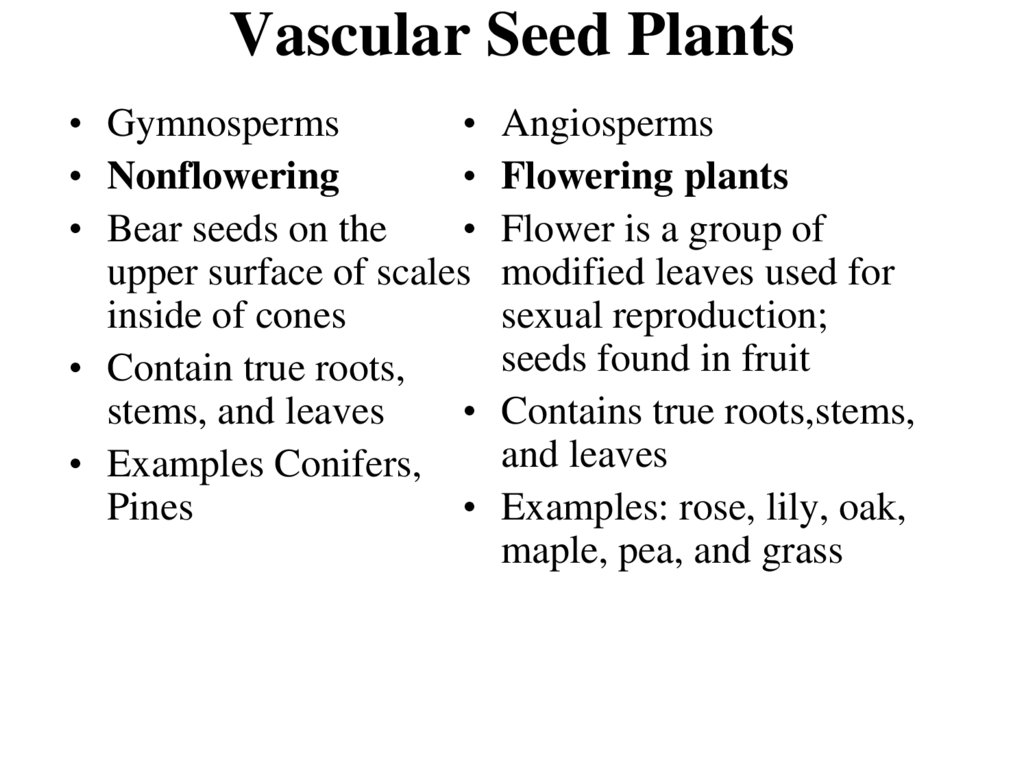
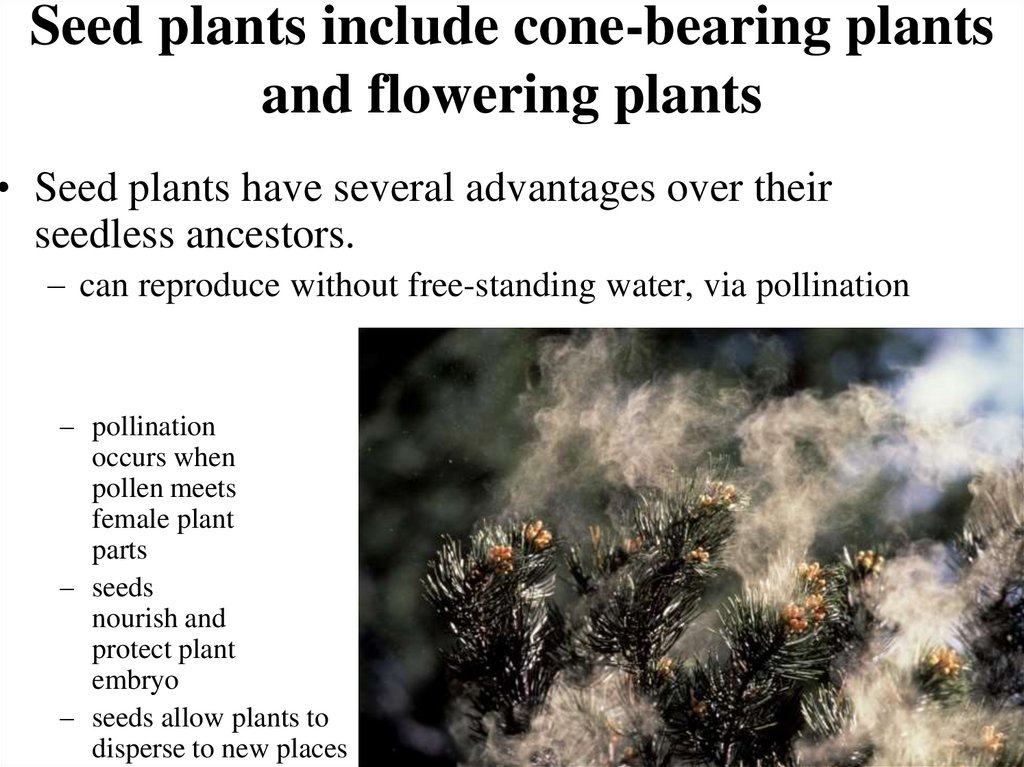
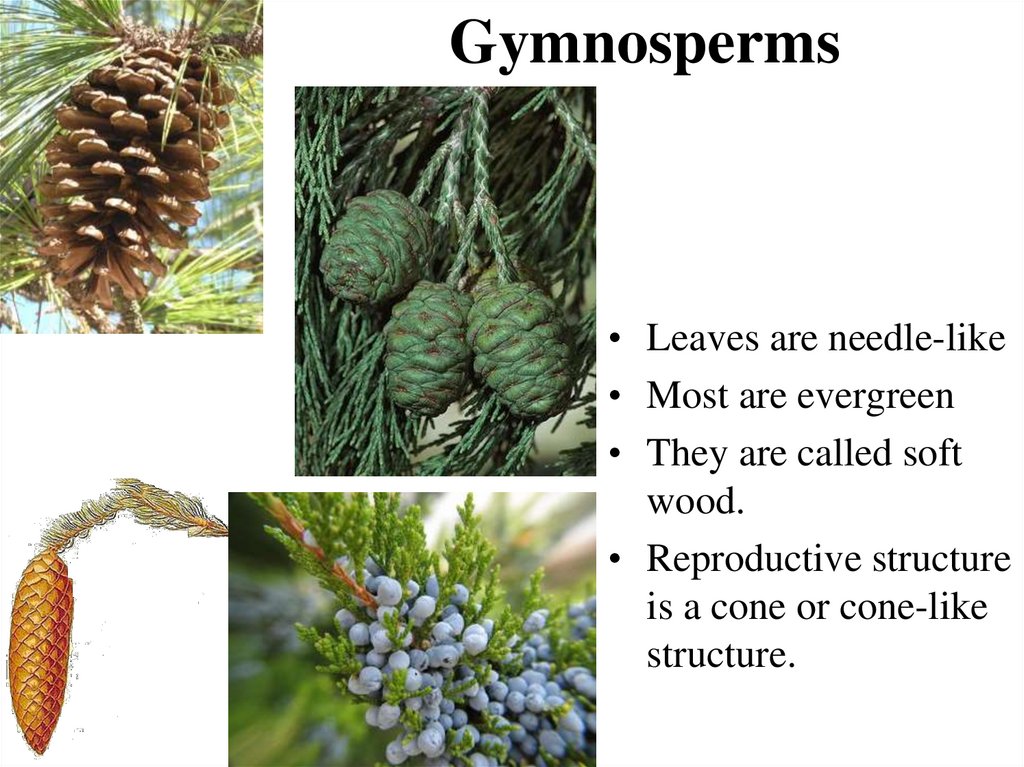
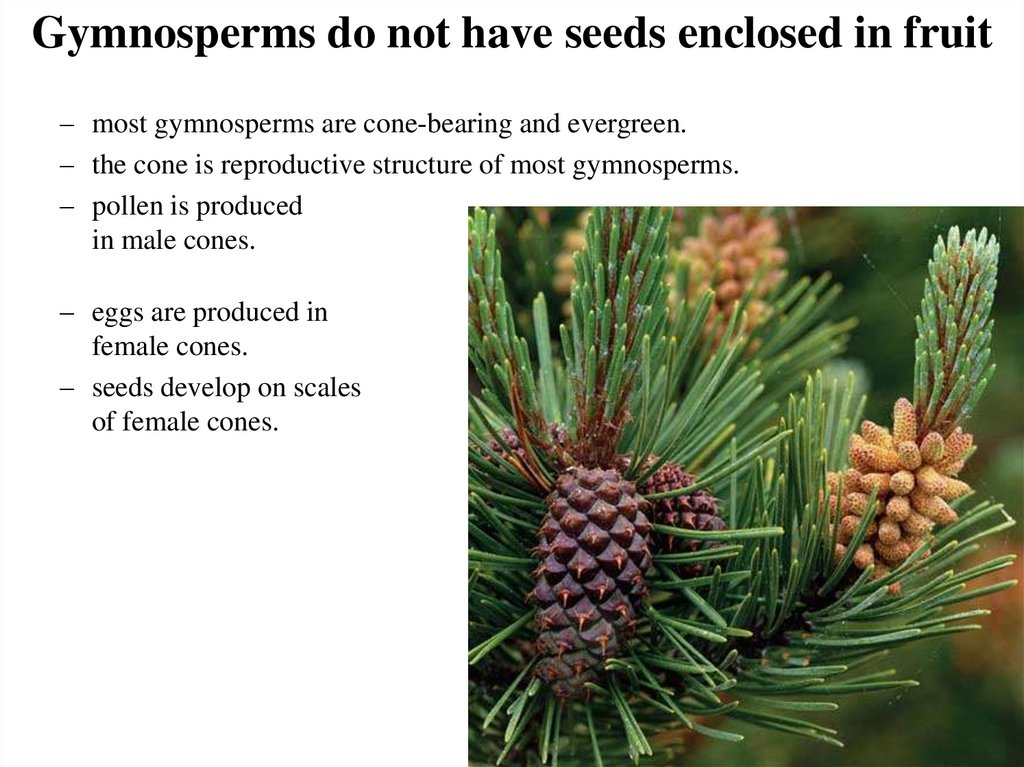
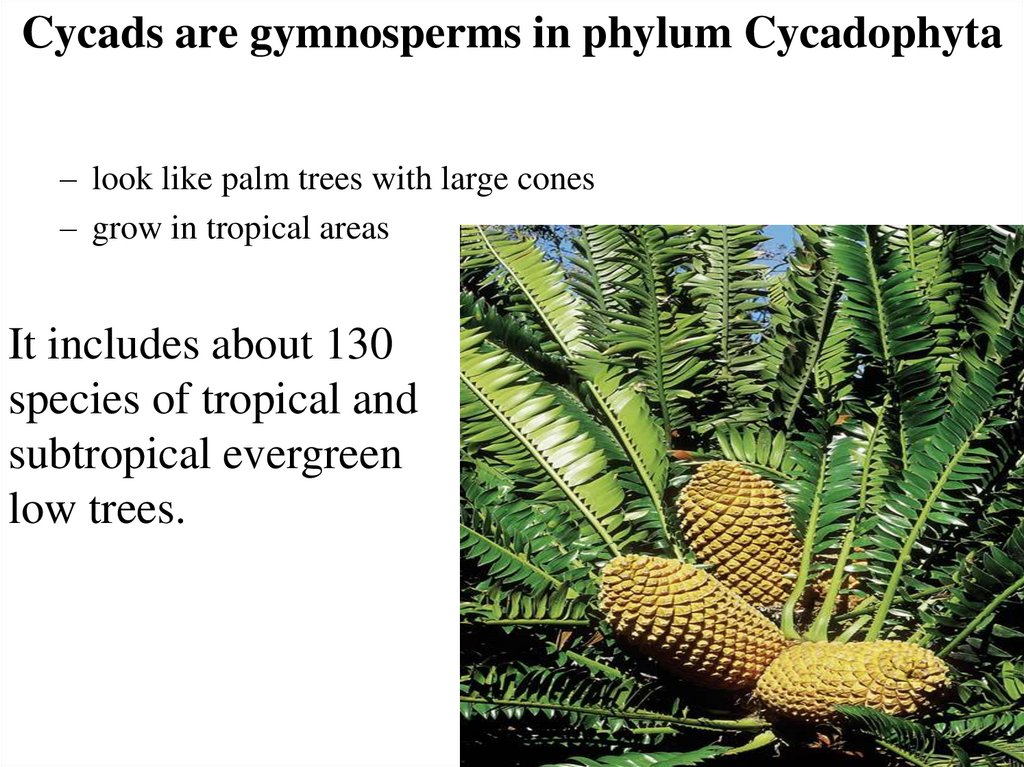
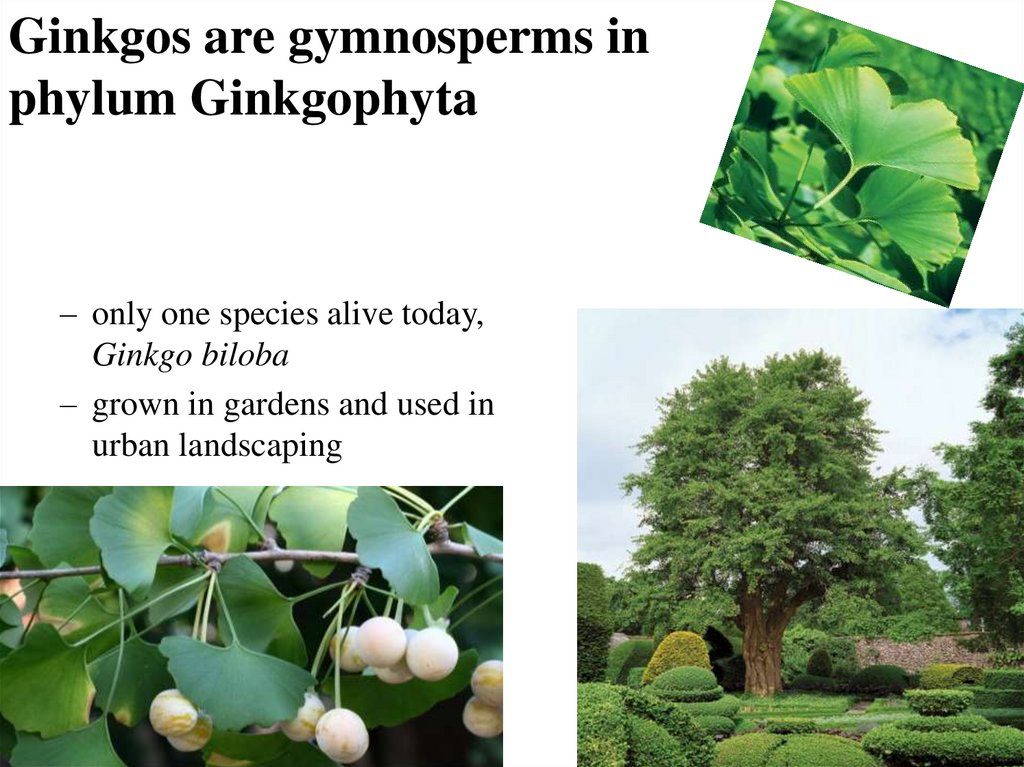
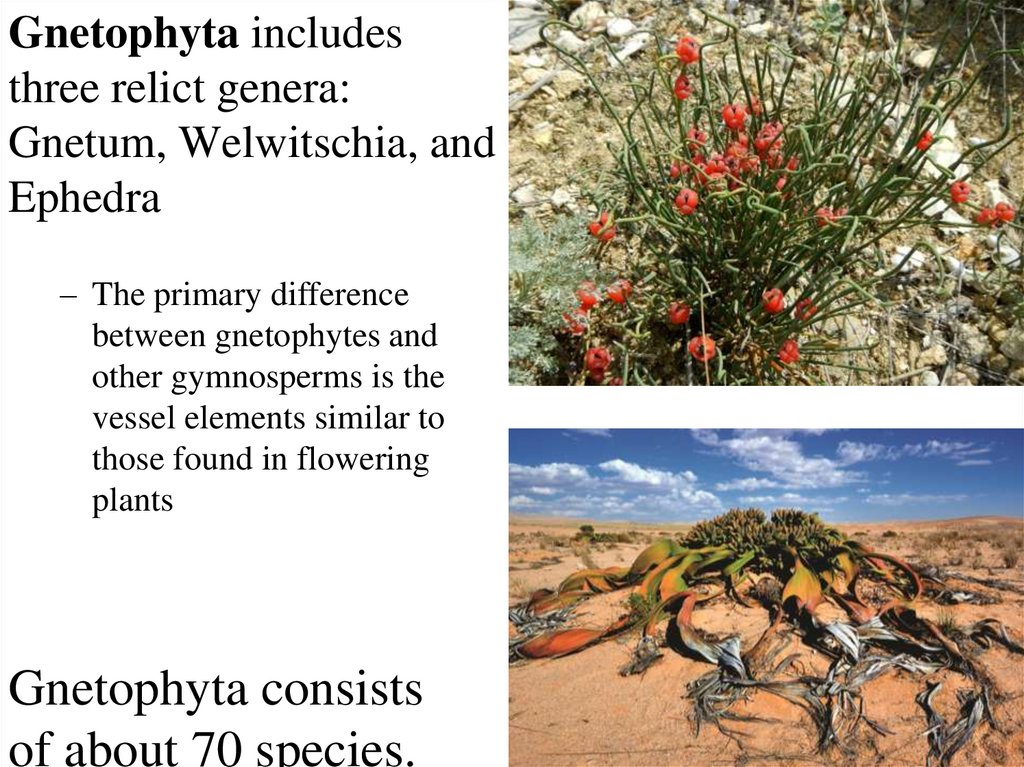
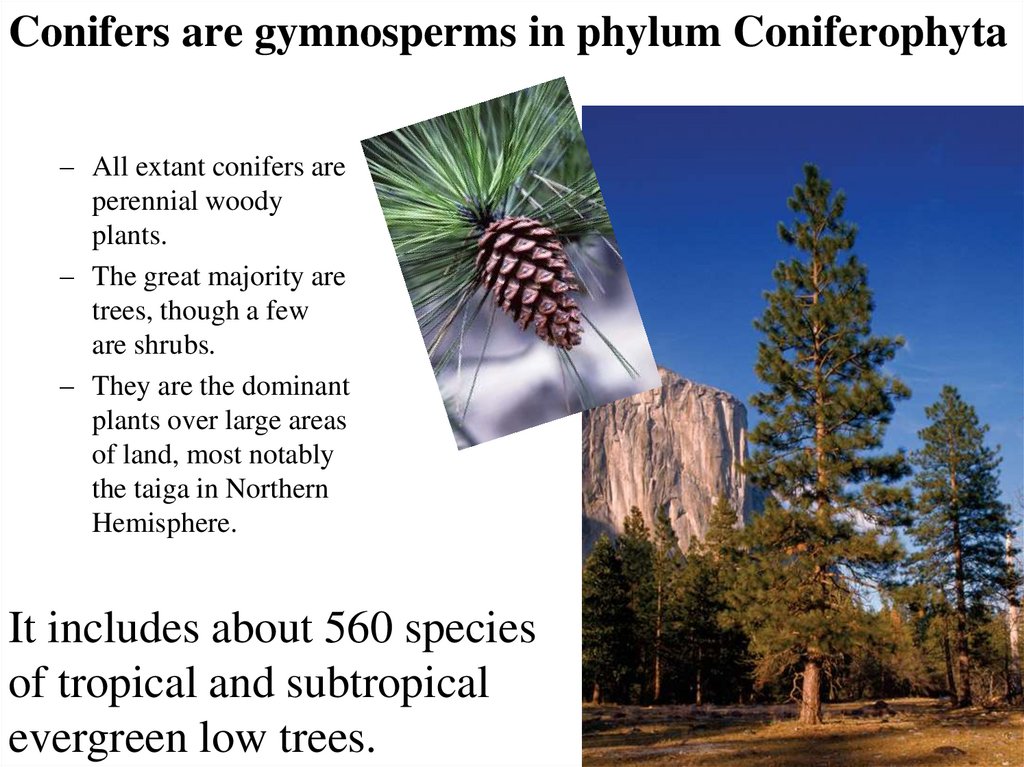
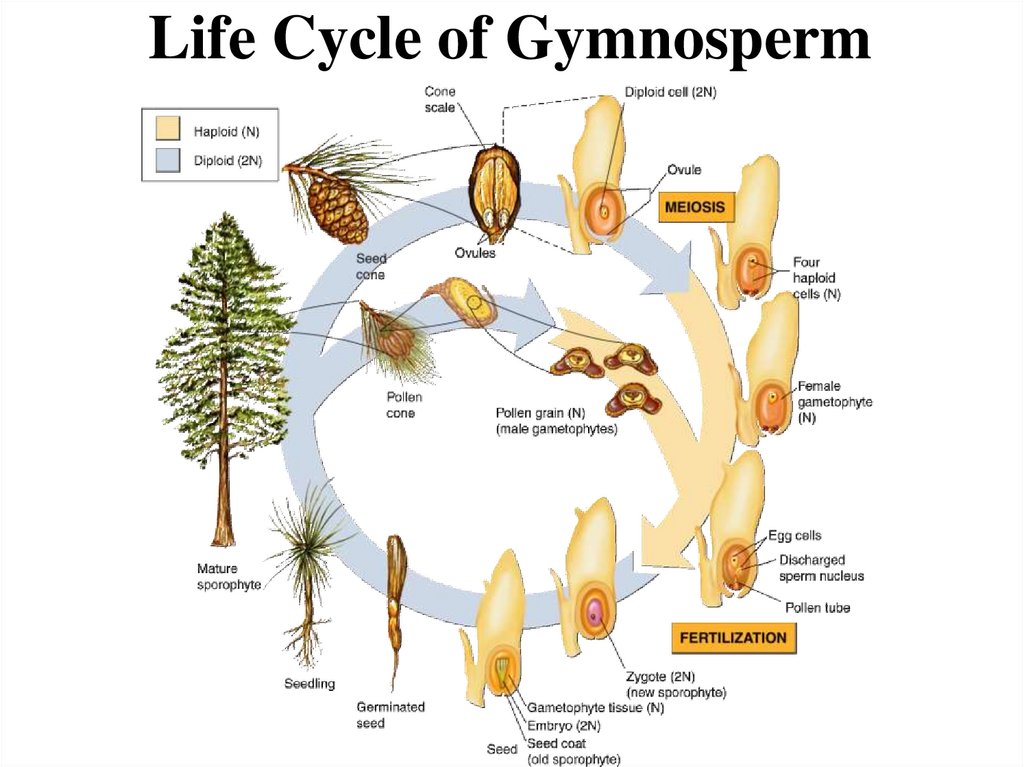
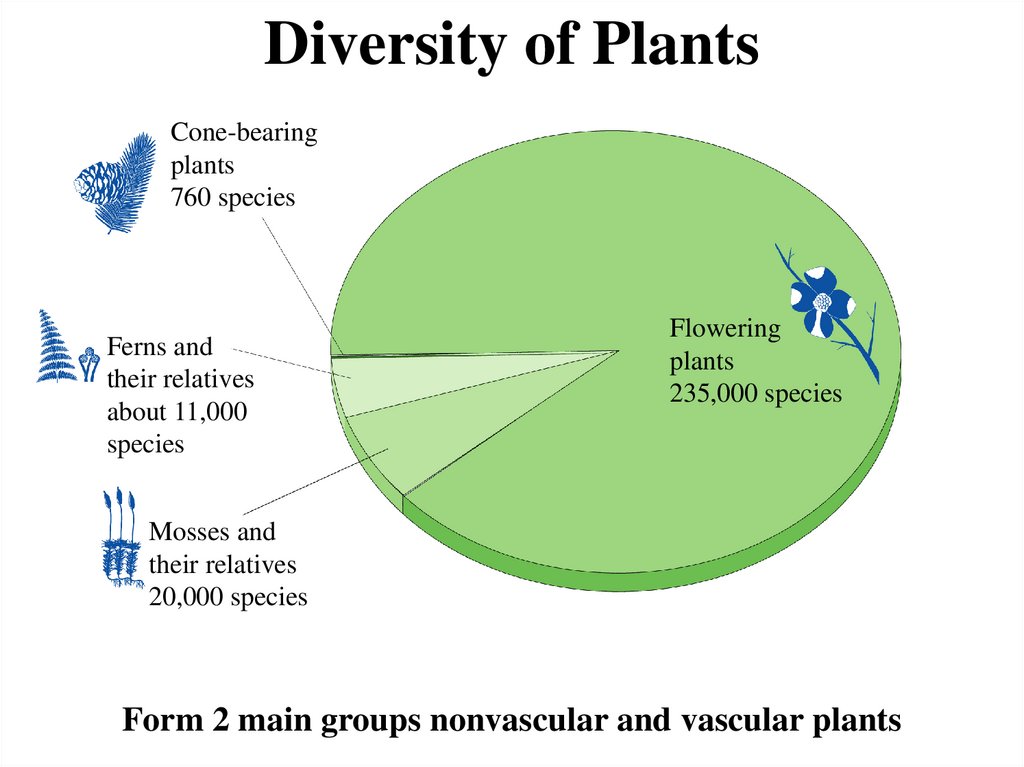
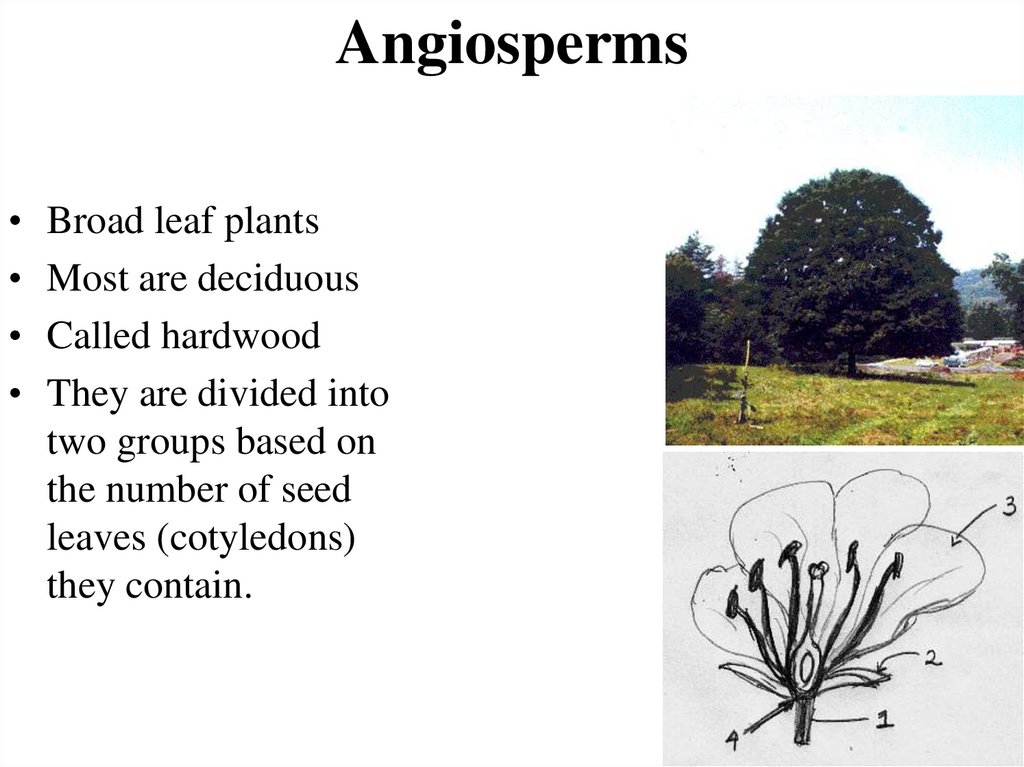
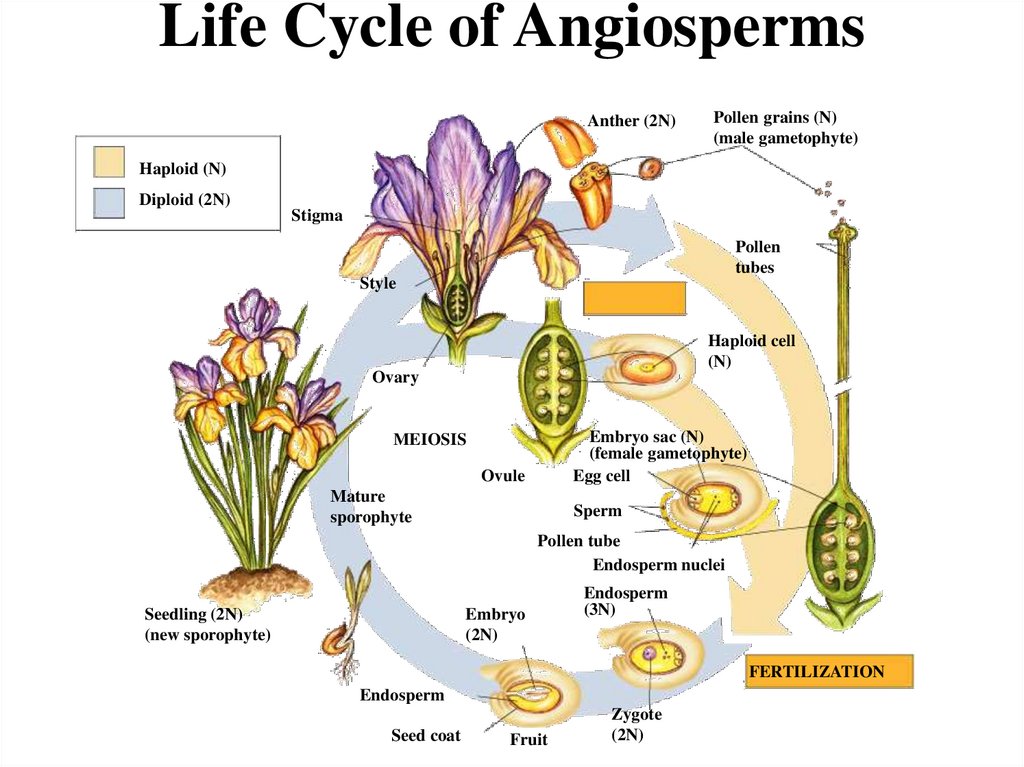
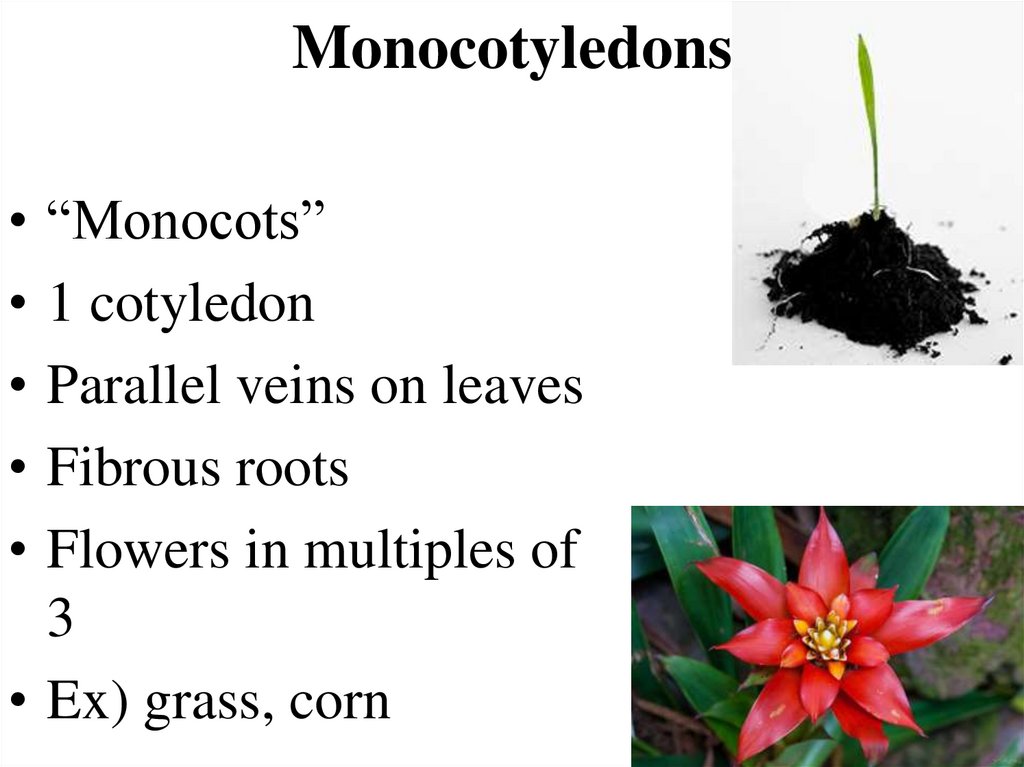
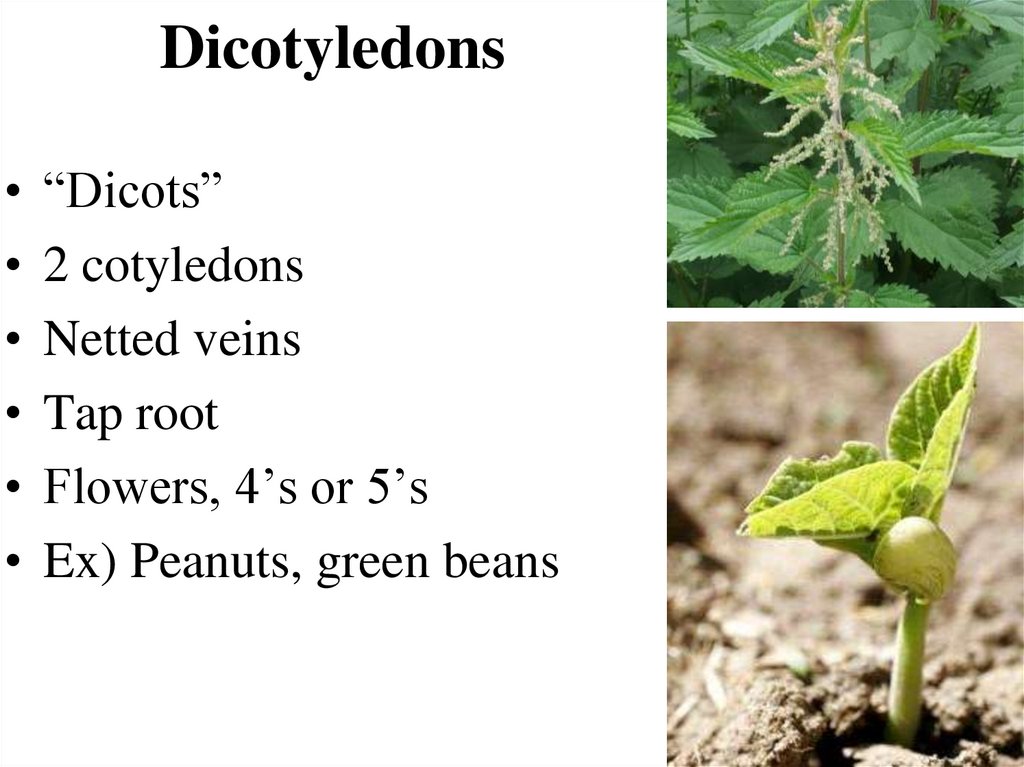
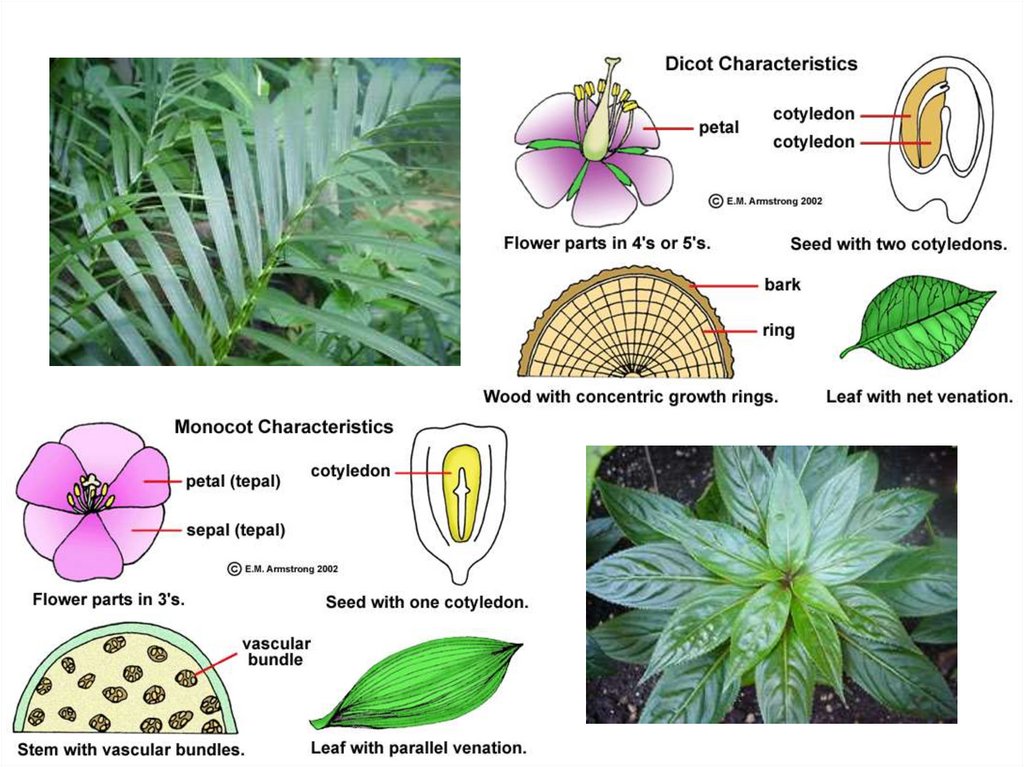
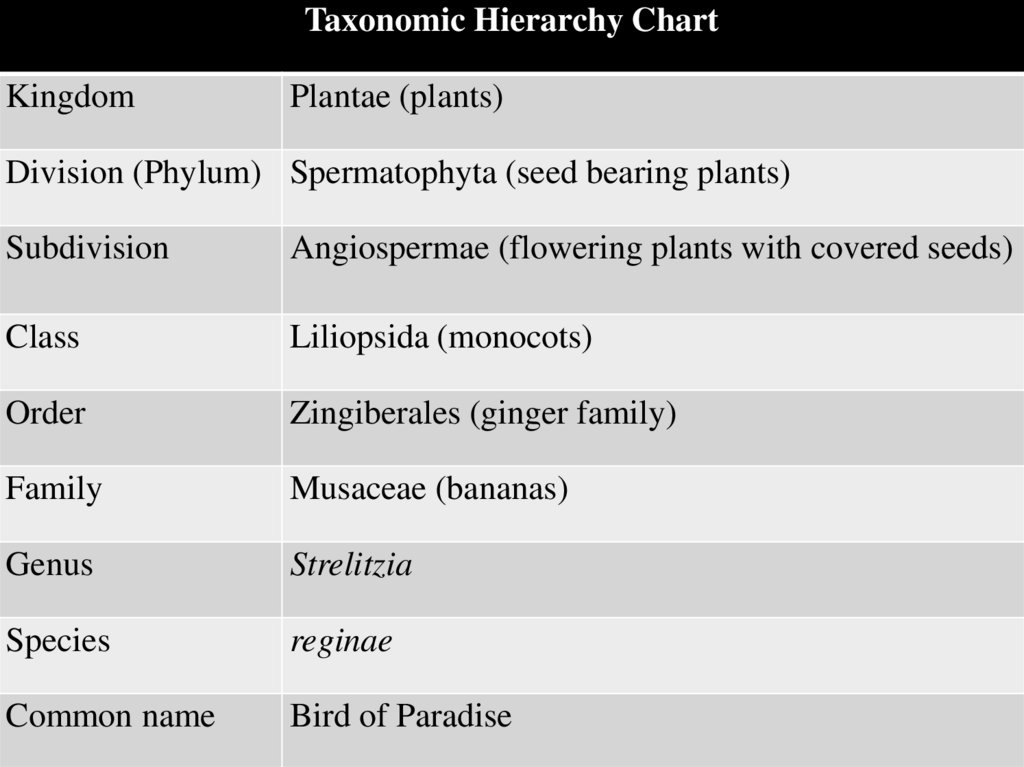
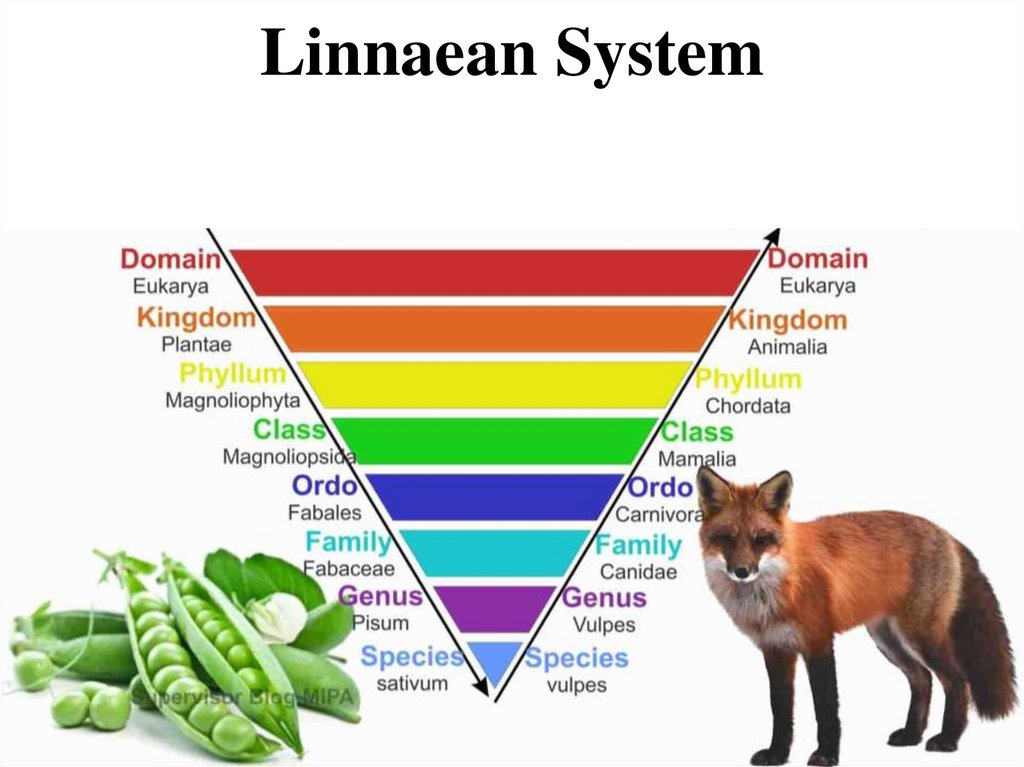
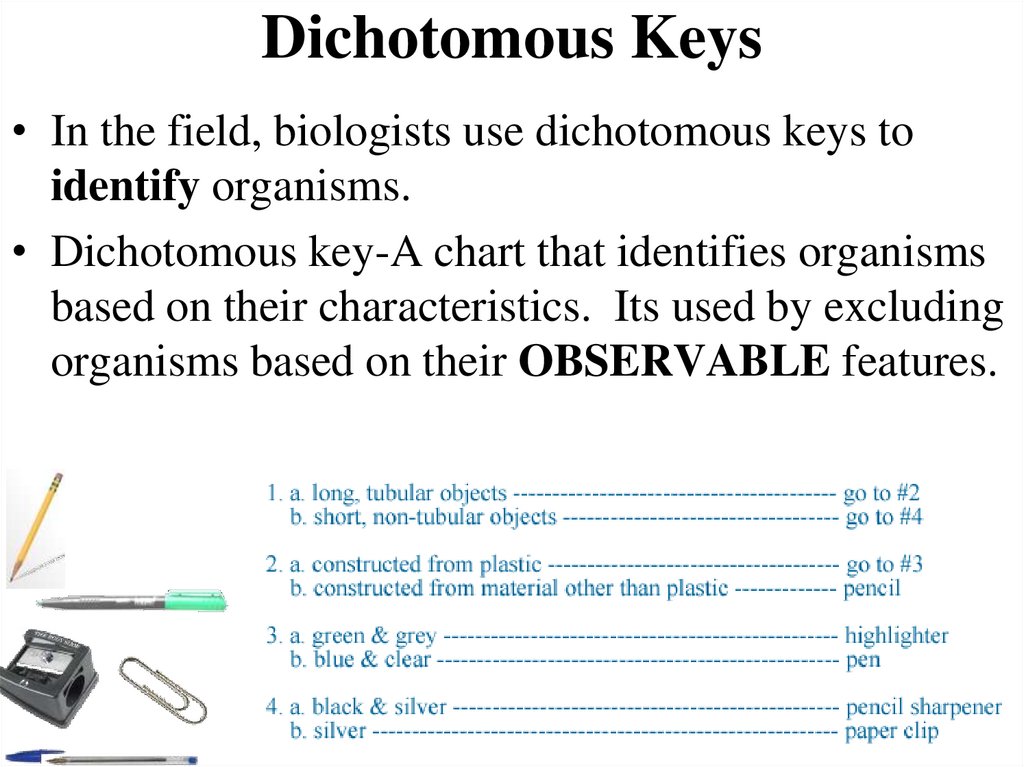
 biology
biology








